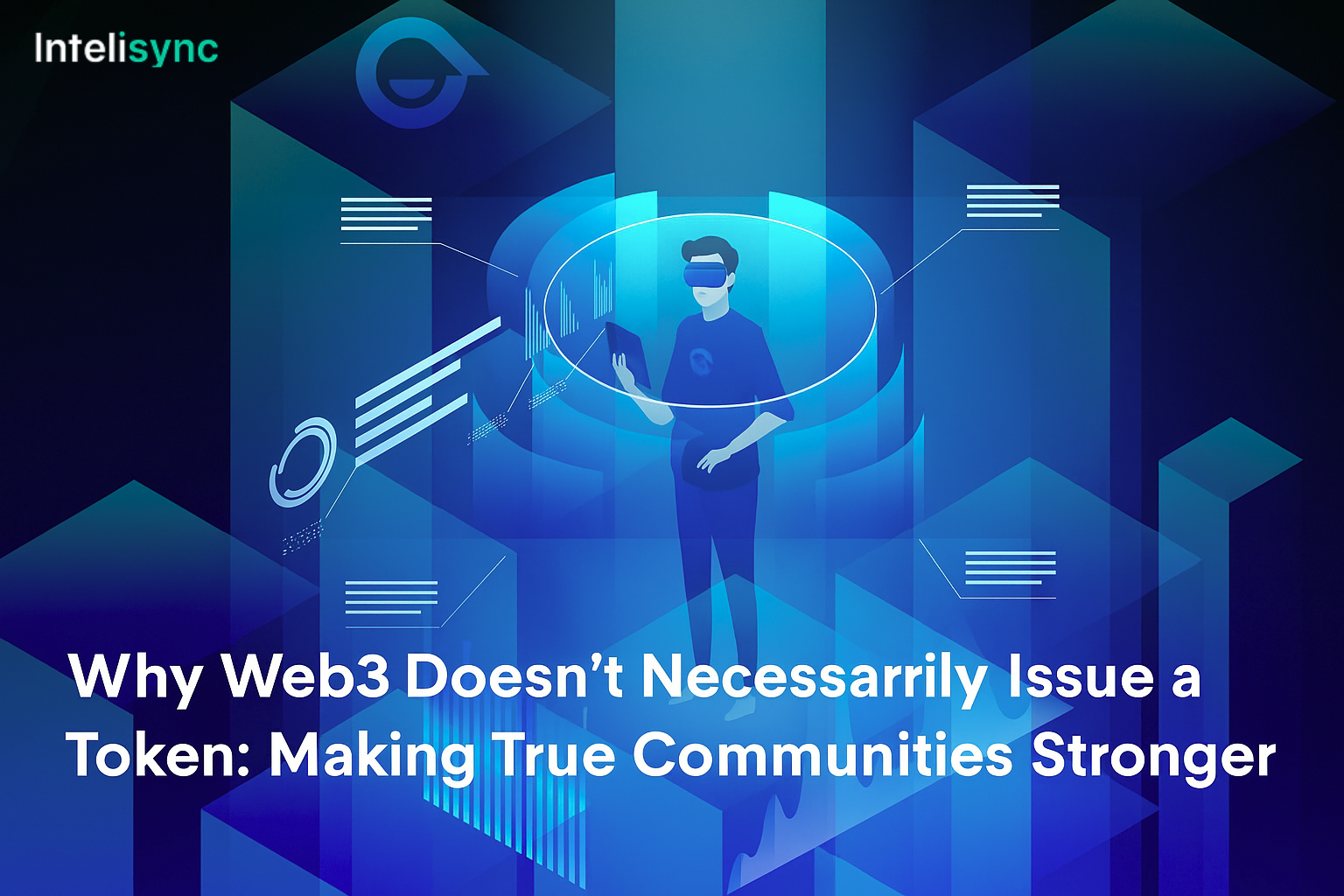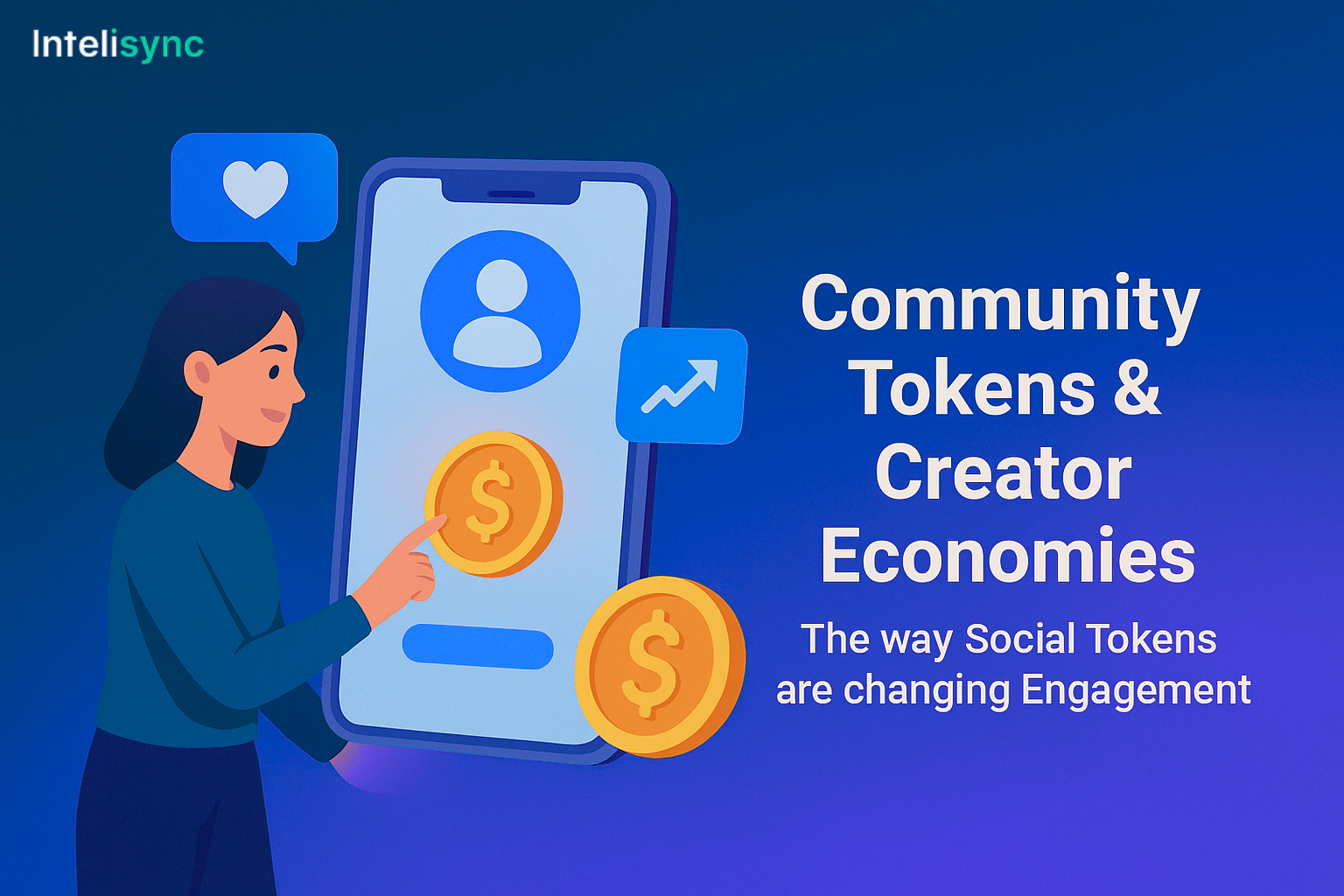Web3 and artificial intelligence (AI) are two of the most exciting and newsworthy ideas in technology right now. Separately, both have made huge waves Web3 by encouraging decentralization and user agency, and AI by making new levels of automation and “smart” decision making possible. But what happens when the two unite? Step into the world of Web3 AI a quickly expanding field that’s redefining the way we interact with data, ownership, privacy, and the very nature of intelligence on the web.
Here’s a new, human-centered understanding of what Web3 AI actually is, why it’s important, and how it’s already transforming our lives online.
Prior to the Merge: What is Web3 and AI?
Let’s start in plain language. Web3 is a term for a “new internet” built on top of blockchain technology: decentralized, open source, and user governed not big platforms. It gives back ownership of digital property, data, and communities to people.
Artificial intelligence (AI) is simply making machines and computer programs that can learn, reason, create content, and make decisions that typically require human intelligence. AI drives all the way from chatbots to autonomous vehicles to recommendation systems.
But their worlds did not necessarily intersect. Web3 was digital trust and agency; AI was crunching data and “thinking” at scale. Now that their worlds are converging, however, some intriguing new opportunities and challenges are on the horizon.
What is Web3 AI All About?
Web3 AI is where blockchain decentralized networks intersect with the ability and flexibility of AI. Rather than AI being owned by large tech organizations in far flung server farms, it’s coming out onto decentralized networks and blockchains. That means AI is no longer just another proprietary application it can be open, cooperative, secure, and available to everyone.
Imagine this: AI models running on blockchain platforms. AI enabled smart contracts making smarter, context-sensitive decisions. Individuals collectively owning and training AIs both risks and benefits shared.
In Web3 AI:
-
Artificial intelligence models, data, and outcomes are stored (and sometimes processed) on blockchains or distributed files open, transparent, and immune to silent corruption.
-
They can interact with, gain from, and even possess AI systems through tokens, DAOs (Decentralized Autonomous Organizations), and voting systems.
-
There is no one gatekeeper firm updates, training, and access can all be community based.
Why Merge Web3 and AI? Here’s What Unfolds
1. Transparency and Trust
With traditional AI, algorithms and training data are usually hidden causing bias, errors, even outright manipulation. With Web3 enabled AI, you get transparency built-in. You can observe how the model functions, how it was trained, and even vote to enhance or modify it.
2. User Ownership and Equitable Sharing
Instead of a small group of people owning a valuable AI, Web3 allows contributors and early adopters to stake “ownership” be it through governance tokens, NFT credentials, or profit shares. You get rewarded if you help train a model or provide useful data.
3. Data Privacy and User Control
Web3 AI flips the classic data model on its side. With blockchains and decentralized ID systems, you can verify you’re over 18 or you own a specific NFT without exposing everything about you. AI can make decisions based on “zero-knowledge proofs,” so you receive customized experiences without sacrificing your privacy.
4. Decentralized Markets for AI
Consider this: “AI as a service” is available to everyone, everywhere. Want a translation model, supply chain optimization model, or art generation model? You can access a decentralized market of AI models, each with quantifiable performance and open origin—not whatever the largest tech firm happens to offer.
Where Is Web3 AI Already Making Waves?
Decentralized Content Creation Platform: Networks of people train AI to create content such as articles, music, or art and share the payment or reward among the content creators.
DeFi: Trading robots powered by AI, risk assessment, and prediction markets, all based on open ledgers for complete auditability.
On-Chain Governance: DAOs employing AI to govern forums, handle grants, or assist in automating proposals well beyond human ability to monitor infinite streams of information
Personal AI Agents: Have an on-chain AI assistant, who is aware of your preferences but never steals your data for exploitation or shares it with others.
Challenges to be aware of
No revolution is flawless. Deploying AI on blockchain technology will be costly or slow relative to the older cloud computing model. Freeing powerful AI in an open-source way may undermine security or appropriate intellectual property. And collective training and voting could get complicated or politicized.
But the advantages in openness, fairness, privacy, and new kinds of collaboration—are inviting lots of talented builders to continue pushing the boundaries.
Looking Ahead
Web3 AI is still in its early stages, but its potential is vast: intelligence and information owned by all, trusted since it is open, and customized to each user—never hijacked from them.
With more projects emerging, look for your go-to apps, communities, or markets to begin offering “smarter,” more personal experiences—without asking you to compromise your privacy or agency. For developers, it’s an opportunity to build technology that’s not just powerful but fair. For users, it’s the guarantee that you’ll drive, benefit from, and even co-create the AI of the future. In Web3 AI, the greatest ideas—and the greatest rewards—aren’t going to the biggest corporations, but to the people courageous enough to dream what could be, in collaboration







